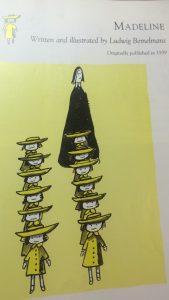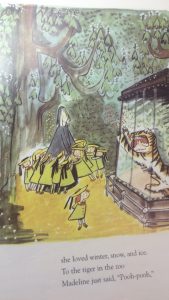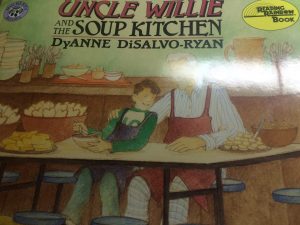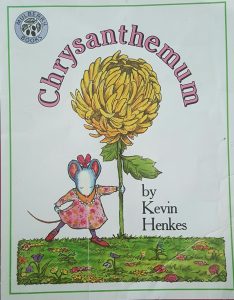

Author: Russell Hoban
Illustrator: Garth Williams
Publisher/ Year: Harper Collins 1960
Number of Pages: 32
Genre: Fiction
Analysis
It’s bedtime for Frances, but before she can fall asleep, she needs a glass of milk, a kiss from mom and dad, and reassurance that monsters are not in her room.
Many children can relate to this book. It is a mirror for children who have trouble falling asleep or who may try anything and everything to stay awake. Just as Frances asks for milk and later on, a piece of cake before she goes to bed, many times children also ask their parents for a snack or a glass of water/milk before they head on to bed. Another reason Frances can’t go to sleep is because she is scared that there is a monster in her room. Most children have told their parents at least one time that there was a monster hiding in the closet or underneath the bed. And just like all parents do, Frances’ parents look around the room to check for any monsters, tell her that there are not any monsters in the room, and tell her to go back asleep.
The text is almost always on the opposite side of the pictures and is written exactly how a child would think while trying to fall asleep. Frances sings the alphabet to herself, and then stops at a letter and starts to think about something that starts with that letter, then switches to thinking about something totally unrelated. Children’s minds are so full of imagination, they think about one thing one minute, and the next, they have moved on to something else.The pictures are not framed so the reader is inside the story. The pictures have some color, but get darker and then lighter, symbolizing the coming of night and then night turning into day.


















